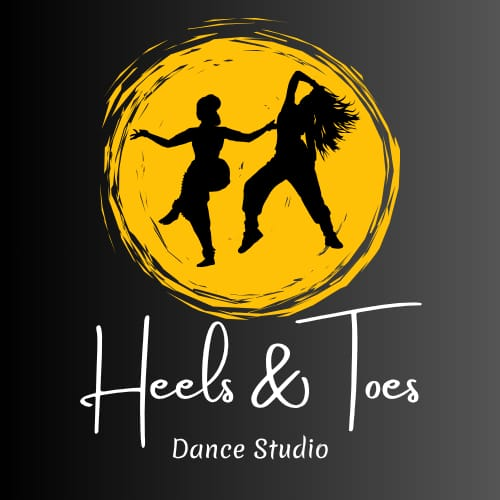
Heels & Toes moves the mover in you, freezes the moment; to free you in space, in mind, & body. Building resilience, joy, peace, and health, for you and those who witness your expressive & creative movements.
At Heels & Toes, children and adults can receive training in the various arts of movement & rhythm. We provide a starter program for self-discovery in movement. After you choose your dance form, join us in our studio or online or a combination for the training programs in the respective dance forms. We will live share performances of different dance forms between our registered student groups only, so that they can learn from each other. We also provide a platform for advanced learners to showcase their growth in small audiences & build their network and clientele. Witness expert & accomplished Informances for demonstration of excellence and learn the nuances of subtlety and finesse. May the artist in you be revealed. Find your rhythm & melody with us. We will strive to support and uplift the dedicated in art, through our sponsored & funded scholarship programs.

An ~2000-year tradition of Tamil Nadu, expressing bhava (emotions), raga (melody), Tala (rhythm) through dance. Puranas and philosophy are intertwined in Sanskrit or regional languages for the devadasi tradition performing in temples with bhakti. Let us honour this effort & richness, and be rewarded for believing in this expression. Compositions are set to Carnatic music.
An ~ 1700-year tradition of northern Bharat balancing pure dance and expression, having started as storytelling of the puranas through dance. Compositions are set to Hindustani music. With the changing rule of northern India, influenced during Mughal period, is the form we see today. Some scholars suggest the influence of Sufi whirling on chakkars of Kathak, giving it a mystic touch. Sema is seen in the psychological explanation as improving mind-body focus, self-regulation, & positive affect, due to its symbolism with the divine.
A tradition claimed to be ~ 1000 years old. Garbha deep, a tradition of placing a lamp inside a pot symbolising the womb & motherhood, and hence creation of life. Renditions are often dedicated to lord Durga in Navratri. The circling dance with claps, twirls, & rhythmic footwork of performing women around a central lamp, reflects the cyclical nature of time and life. Renditions are set to folk music of Gujarat, celebrating festive energy & social gathering.
Kuchipudi likely originated in the 16th century AD by the river Krishna in Andhra Pradesh. It is a dance-drama expression mostly involving puranic tales. Heels & toes on a brass plate is a characteristic feature along with the performing artist speaking and telling stories during the rendition. It is a katha form of expressive movement closely resembling Yakshagana. It is set to Carnatic music.
Contemporary dance is a dynamic, expressive, fluid, & versatile dance form that blends elements of modern, ballet, jazz, and lyrical dance. Emerging in the mid-20th century, it emphasizes freedom of movement, emotional expression, and individual creativity rather than rigid technique or structured choreography.it allows for significant improvisation. This form explores space and gravity with momentum and falls/recovery.
Freestyle dance refers to improvised, spontaneous movement that is not choreographed in advance. It allows the dancer to move freely in response to music, expressing personal rhythm, mood, and creativity. It is versatile in form with musical interpretation, emphasising self-expression. It evolved from the disco era of the 1970’s USA.